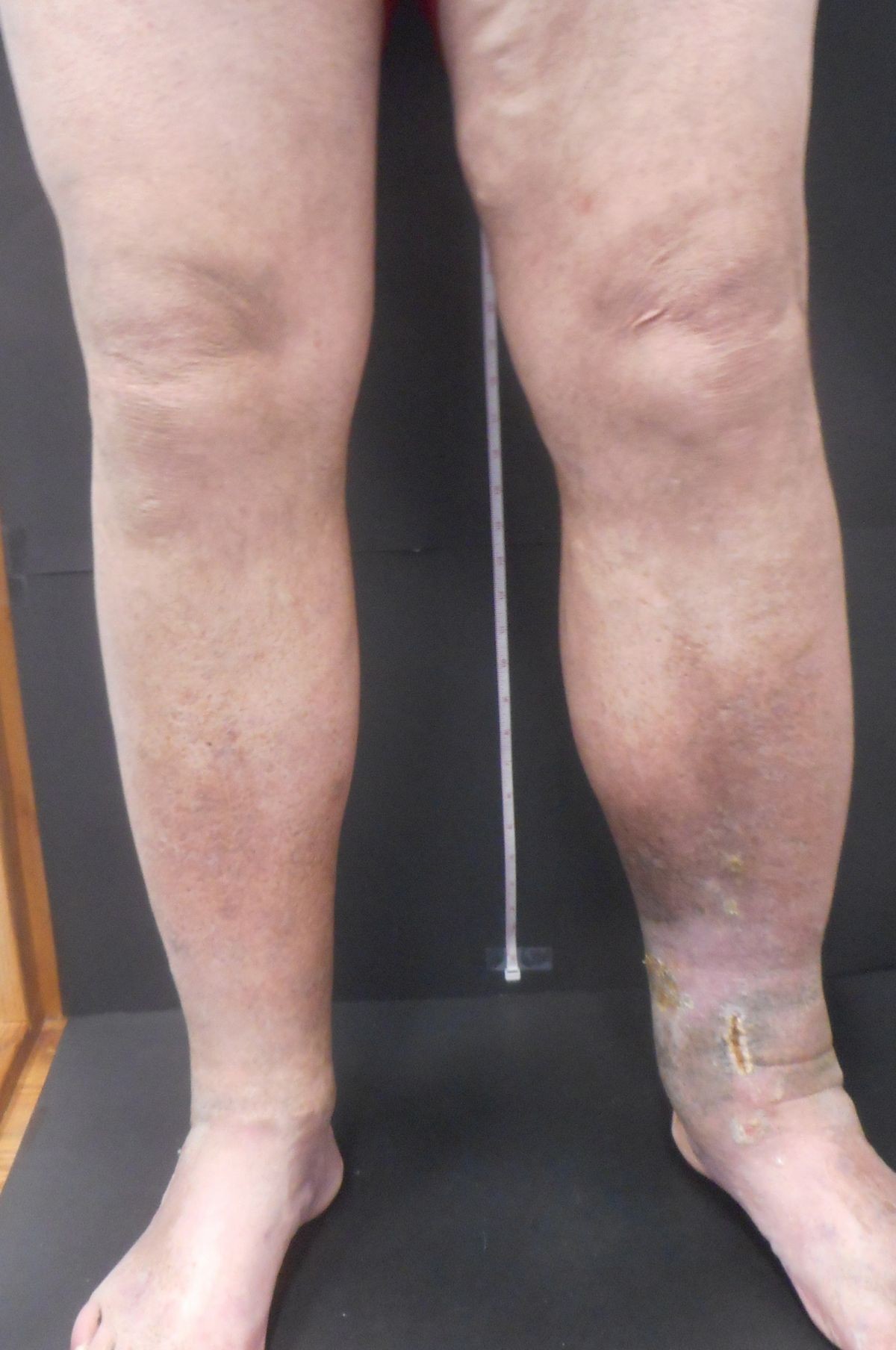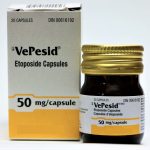
Contents
Fixing May-Thurner Syndrome
May-Thurner syndrome (MTS), also known as Cockett’s syndrome or iliac vein compression syndrome, occurs when the right iliac artery compresses the left iliac vein. This compression narrows the vein and reduces blood flow from the leg, increasing the risk of deep vein thrombosis (DVT).
MTS is a rare condition, causing 2-5% of all DVT cases. It is more commonly diagnosed in women aged 20-40, but can affect anyone regardless of age or gender.
MTS can be asymptomatic and mistaken for other conditions, such as varicose veins or DVT.
Causes of May-Thurner Syndrome
MTS occurs when the left iliac vein is compressed by the right iliac artery, reducing blood flow and increasing the risk of clot formation.
The exact cause of MTS is unknown, but it may be caused by anatomical variations, prolonged sitting, obesity, trauma, pregnancy, or tumors in the pelvis.
Risk Factors for May-Thurner Syndrome
Gender, age, family history, history of blood clots, and other medical conditions can increase the risk of MTS.
Symptoms of May-Thurner Syndrome
MTS can cause leg pain, swelling, discoloration, ulcers, varicose veins, DVT, and pulmonary embolism.
Untreated MTS can lead to serious complications, including chronic pain, swelling, and skin changes in the affected leg.
QUESTION
Diagnosing May-Thurner Syndrome
To diagnose MTS, a doctor will take a thorough medical history, perform a physical examination, and conduct various imaging studies, such as ultrasound, CT scan, MRI, venography, or duplex ultrasound.
Occasionally, MTS is discovered incidentally during imaging tests for other conditions.
Stages of May-Thurner Syndrome
MTS is classified into three stages based on severity and symptoms: Stage 1 (asymptomatic), Stage 2 (symptomatic with leg swelling, pain, or varicose veins), and Stage 3 (presence of a blood clot in the leg with the risk of pulmonary embolism).
Not all individuals with MTS progress through these stages, and some may experience mild symptoms or none at all.
Treatments for May-Thurner Syndrome
Treatment aims to improve blood flow, prevent blood clots, and alleviate symptoms. Options include blood thinning medications, compression stockings, thrombolysis, angioplasty and stenting, surgery, and lifestyle changes.
The choice of treatment depends on the individual’s condition, symptoms, and overall health. Prompt and effective treatment can significantly improve symptoms and reduce complications.
Curing May-Thurner Syndrome
MTS can be managed with treatment, but complete cure may not be possible. Treatment focuses on symptom management, prevention of blood clots, and ongoing monitoring.
If symptoms suggest MTS, it is important to consult a doctor for evaluation and appropriate management.


